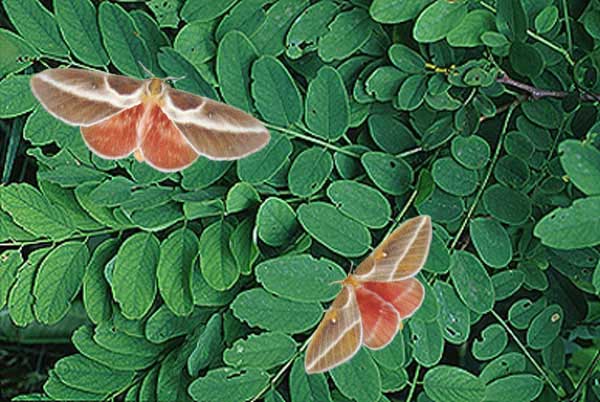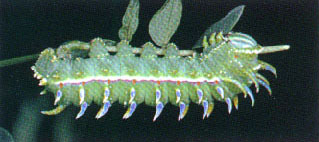SPHINGICAMPA ALBOLINEATA
SYSSPHINX ALBOLINEATA
(GROTE & ROBINSON, 1866)

This site has been created by
Bill Oehlke at oehlkew@islandtelcom.com
Comments, suggestions and/or additional information are welcomed by Bill.
TAXONOMY:Superfamily: Bombycoidea, Latreille, 1802 |
"Wonderful.World" |
